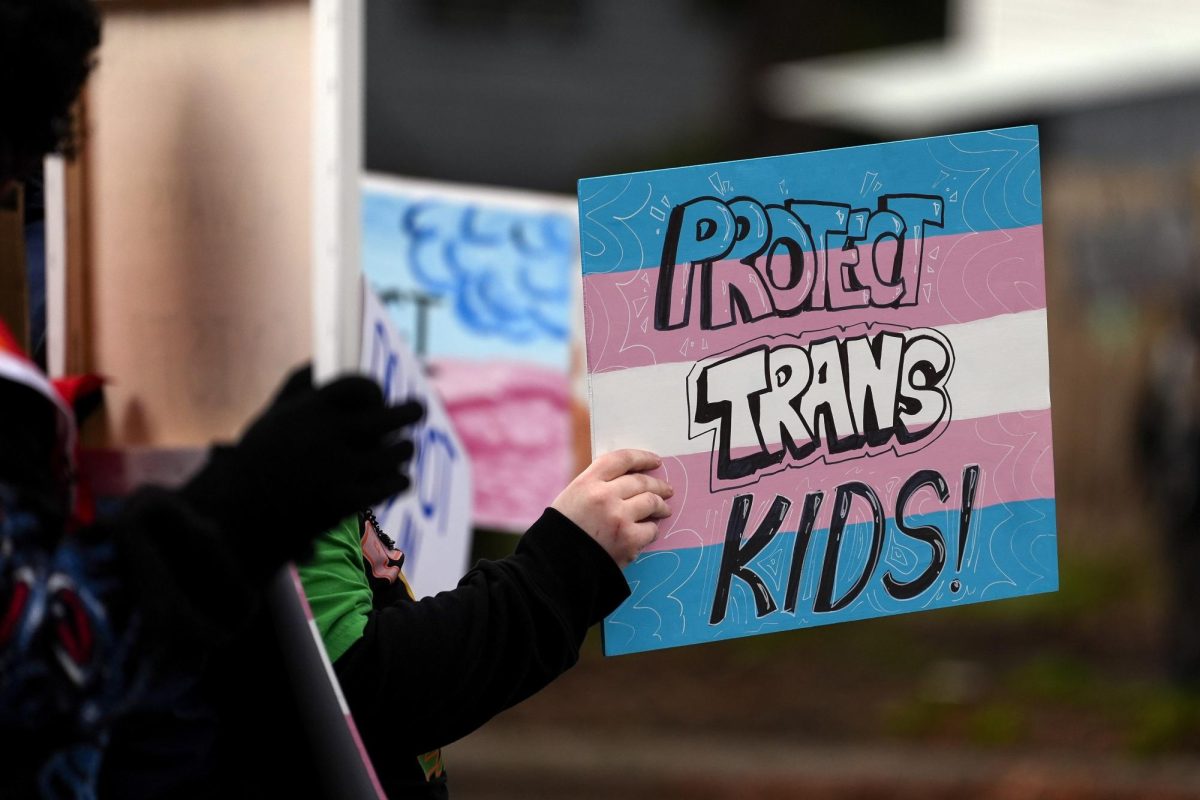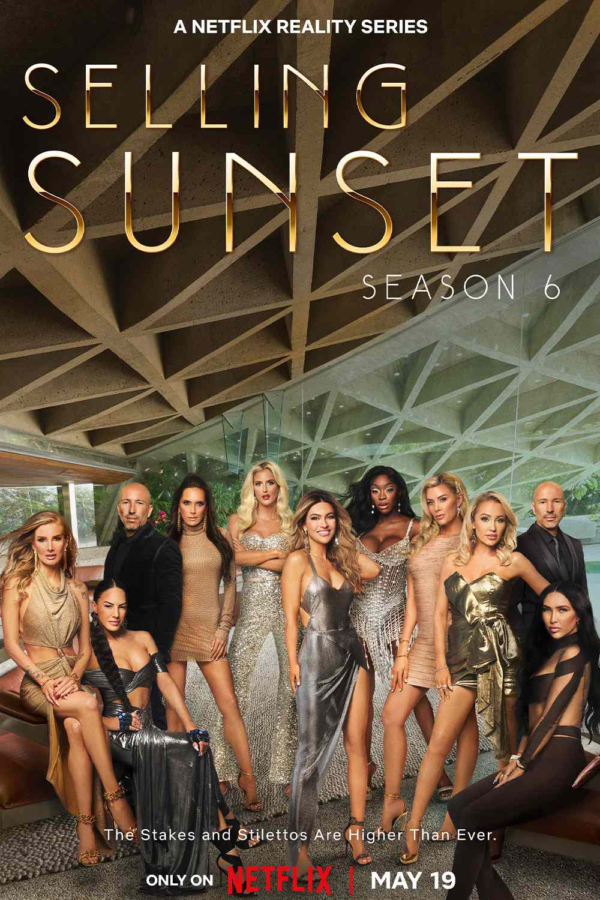Abortion Rights
October 31, 2022
Abortion and reproductive healthcare rights have recently become a major concern in the United States once again, following the overturn of the historic Roe v Wade legal case. A law that had been in place for almost 50 years was overturned in June but the fight for unrestricted abortion access continues.
In Roe v Wade, the Supreme Court ruled that excessive state regulations on abortion rights are unconstitutional, and legalized abortions across the US. In 1971, Norma McCorvey, under the pseudonym Jane Roe, argued that the Texas state abortion law was overly restrictive and unconstitutional – the law at the time banned abortions except to save the mother’s life. She filed a lawsuit against Henry Wade, former district attorney of Dallas.
The Roe v Wade case was brought to court in 1971, but it wasn’t decided at the Supreme Court until January 1973. The Supreme Court voted 7-2 in favor of Jane Roe. The Supreme Court ruled that restrictive abortion laws are an infringement on the Constitutional right to liberty (implied in the 14th amendment), the freedom that defends personal privacy. The 14th amendment states “No State shall make or enforce any law which shall abridge the privileges or immunities of citizens of the United States; nor shall any State deprive any person of life, liberty, or property, without due process of law; nor deny to any person within its jurisdiction the equal protection of the laws.”
Following the Supreme Court’s ruling, all women in the United States gained the fundamental right to abortions without undue government restrictions. This decision also overruled many state and federal abortion laws, and it partially settled the abortion debate seen so prevalently in the US about when an abortion could happen. Laws were created at this time using the pregnancy trimester framework (abortions mostly being allowed during the first trimester, and less in the third trimester), which governed the management of abortion rights.
Leading up to and following Roe, the US was awash with controversy. People who were anti-abortion became known as pro-life, due to the fact that they believe abortion is taking a life or possible life. Those in support of abortion rights countered this by identifying with the term pro-choice because they support the right of individuals to choose whether they get an abortion.
The pregnancy trimester timetable was overturned by the case Planned Parenthood v Casey in 1992. This case was brought up when certain provisions of the Pennsylvania Abortion Act of 1982 were opposed. Planned Parenthood of Southeastern Pennsylvania argued against Robert P. Casey, the then-governor who pushed the Pennsylvania Abortion Control Act.
The ruling kept the general principle of Roe v Wade which was the right to receive an abortion before fetal viability. However, it overturned the strict scrutiny test applied by Roe v Wade – meaning that states can no longer pass laws that violate fundamental constitutional rights, even if the government can prove that states should regulate that portion of the law. This removed five provisions from abortion laws, including spousal notification, parental consent, and waiting period.
In June of 2022, the Supreme Court made a ruling that overturned both Roe v Wade and Planned Parenthood v Casey. In the case of Dobbs v Jackson Women’s Health Organization, Jackson Women’s Health Org (JWHO) sued Thomas E. Dobbs, Mississippi State Health officer over a Mississippi law prohibiting a majority of abortions past 15 weeks of pregnancy.
In the final decision by the Court, it was a 6-3 majority to overturn Roe v Wade, giving the right to regulate abortion laws back to the individual states. During the Trump administration, there was a significant shift in the Supreme Court, with three new justices appointed by the former president – Neil Gorsuch, Brett Kavanaugh, and Amy Coney Barrett. All three voted to overturn Roe v Wade.
The threat of abortion laws being returned to states sparked a heated debate in the US. In the event of Roe v Wade being overturned, Tennessee, Idaho, and Texas implemented “trigger laws” that would automatically impose tight restrictions on abortions. Following in their footsteps, ten other states banned abortion, while five other states have instituted varying gestational limits, meaning abortions can not legally be provided past a certain number of weeks of pregnancy. A majority of other states hold a ban on abortion at viability or 24 weeks. This has made it not only impossible to get a legal abortion in many states, but the widespread restrictions force many people to either receive abortions illegally (which is less safe) or to travel long distances to get them.
This November is an important time for voters all over the country. Some states are on the verge of banning abortion, and there could be very different impacts based on the candidates elected. It is a chance for Democrats or Republicans to gain control of Congress, which will greatly impact federal abortion laws.
A poll conducted by the Seattle Times showed one of the top issues on voters’ minds is abortion rights.
The current abortion law in Washington state declares “Washington State recognizes that all people have the right to choose or refuse to have an abortion and requires state-regulated health plans that cover maternity services to cover abortion services. In Washington, people of any age have the right to independently consent for their own reproductive care.” However, other states are battling over abortion rights and other reproductive health services. For example, Michigan’s 1931 law bans all abortions, regardless of circumstance except to preserve the life of a patient, and whether or not it is put back into effect relies on how Michigan residents vote on the ballot measure.
In Seattle Schools’ Teen Health Centers, students have access to many reproductive services. “At the Health Center you can expect to receive any of the reproductive health services that you would expect to get at a clinic outside of school so we can do everything from prescribing birth control including IUDs and birth control implants, we can do STD testing and treatment, we have emergency contraceptives like Plan B, STI prevention… per Washington state law, students are able to consent or refuse their own reproductive health services. For birth control, there is no minimum age and for STI testing and treatment it’s ages 14 and up, those are the rules that every clinic in the state of Washington follows. Services are confidential, meaning that if a student is receiving any of those services, we are not allowed to share that information with anyone else, including teachers, parents, or other students unless we have written permission from the student.” says Caitlyn Yoes, Health Educator at Lincoln’s Teen Health Center.
The overturn of Roe v Wade has reignited the pro-choice-pro-life conflict and has caused protests across the country. While Washington residents continue to have protected abortion rights, the issue of reproductive rights is still of major importance in the entirety of the United States.



























